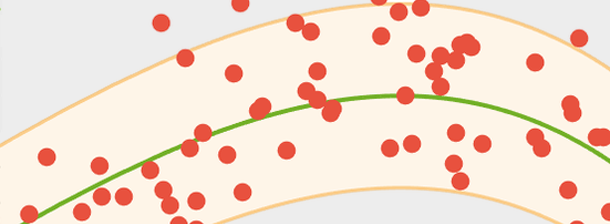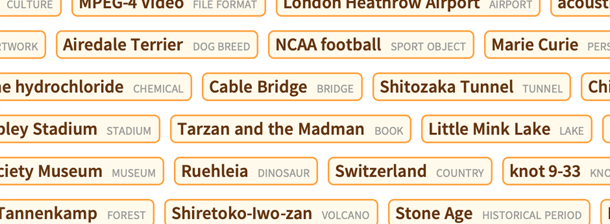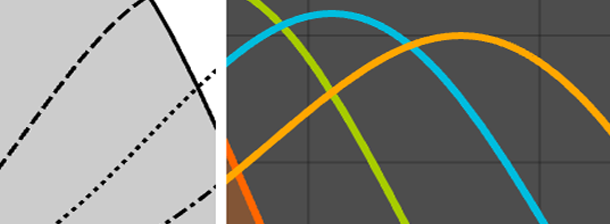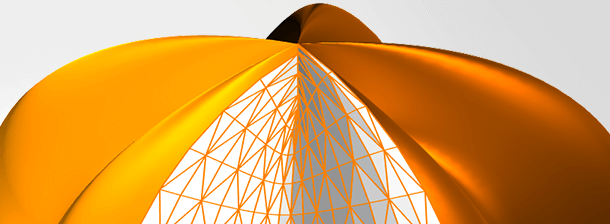WolframChemistryA Core Part of
Wolfram Language

Molecular and Chemical Modeling & Analysis.
For students, engineers and researchers—visualize, analyze and model molecular structures, chemical reactions and more with specialized functions tightly integrated with built-in or publicly available data.
Native Chemical Data Structures
Easily represent atoms, molecules, biomolecular sequences, chemical formulas or chemical reactions. Starting from a chemical name, a SMILES string or even an image of a molecule clipped from an article or the web, create a chemical structure and compute its properties.

3D Molecular Geometry
Quickly generate 3D coordinates for molecules and use them to compute bond lengths and dihedral angles. Classify molecular shape and topology using the principal moments of inertia. Typically used in drug design, protein folding and molecular recognition of DNA.

Molecule Visualization
Quickly create professional-quality 2D and 3D molecular structure diagrams for presentations or publication with automated layout and coordinate generation. Highlight and annotate substructures with customizable styles for clarity.

Functional Groups
Easily define patterns for common functional groups or use preexisting SMARTS patterns. Highlight functional groups visually, search for arbitrary patterns and perform substructure replacements. Typically used to predict chemical behavior and define chemical synthesis.

Chemical Reactions
Turn Wolfram Notebooks into virtual labs with dedicated data structures for chemical reactions. Chain reactions together into networks and use built-in graph theory algorithms to find the shortest path through. In the classroom, balance chemical equations with ready access to step-by-step solutions.

Molecular Descriptors & Fingerprints
Study chemical properties, behaviors and molecule features with built-in functions for computing topological and 3D descriptors and extracting fingerprints, integrated with automated and customizable machine learning capabilities.

Chemistry Meets PDEs
Use PDE modeling to dimension chemical reactors, solve reaction equations or simulate mass transport in complex geometries. Analyze catalyst deactivation, compute gas absorptions, perform cyclic voltammetry, simulate solute centrifugation and more to understand industrial chemical devices.
Biochemistry
Explore biomolecular sequences in new ways with string-based representation integrated with recognition, comparison, transliteration and other functionality. Analyze gene and protein sequences and customize underlying definitions of sequences and their behavior with a built-in entity system.

Data Exchange
Improve your workflow by importing chemical data directly and by exporting your work for immediate publication or presentation. Use a wide range of molecular formats, including XYZ, SDF and CML. Exchange data with an external service through an API or external software systems like Python or Julia.

Wolfram Chemistry Documentation
Wolfram Chemistry is an integrated part of Wolfram Language. The full system contains over 6,000 built-in functions covering all areas of computation—all carefully integrated so they work perfectly together.
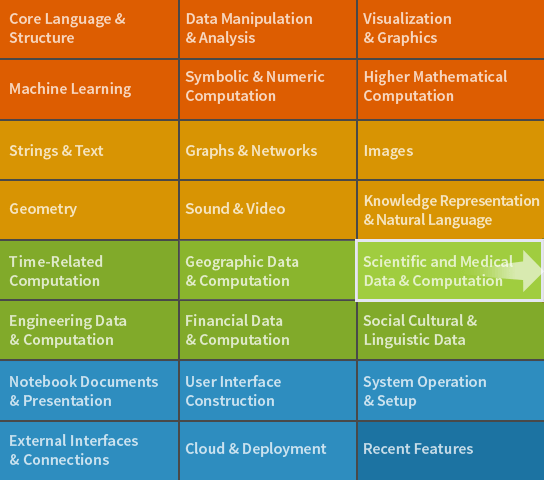
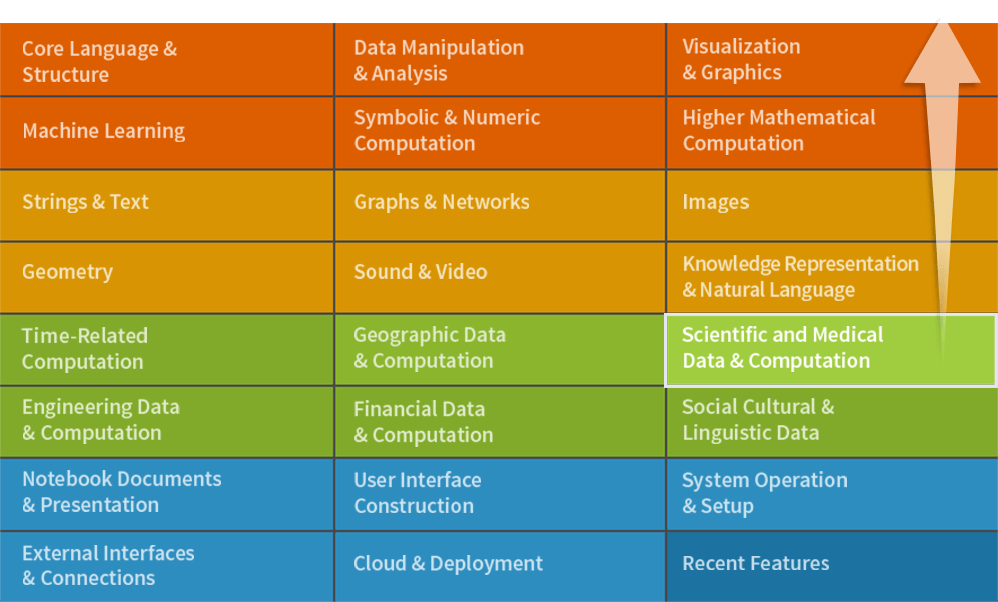
Full Scope & Documentation
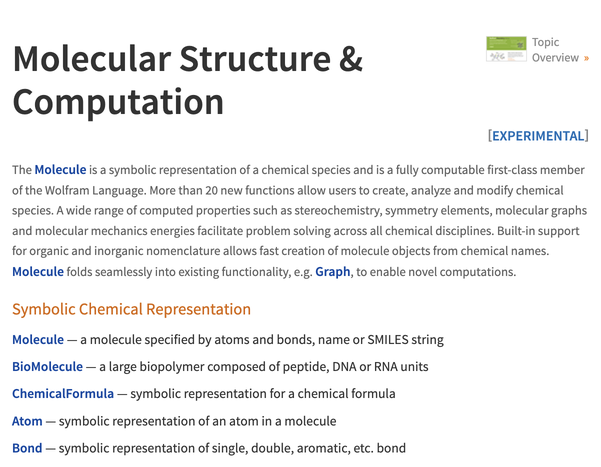 Guide
Guide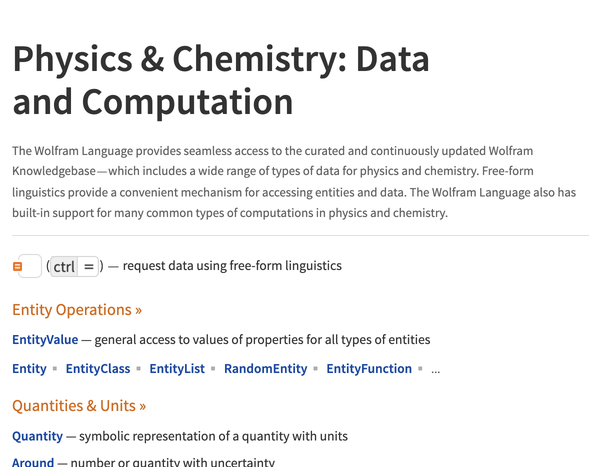 Guide
Guide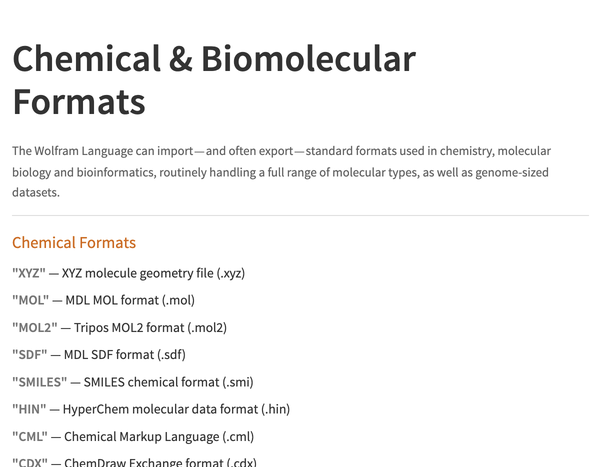 Guide
Guide




